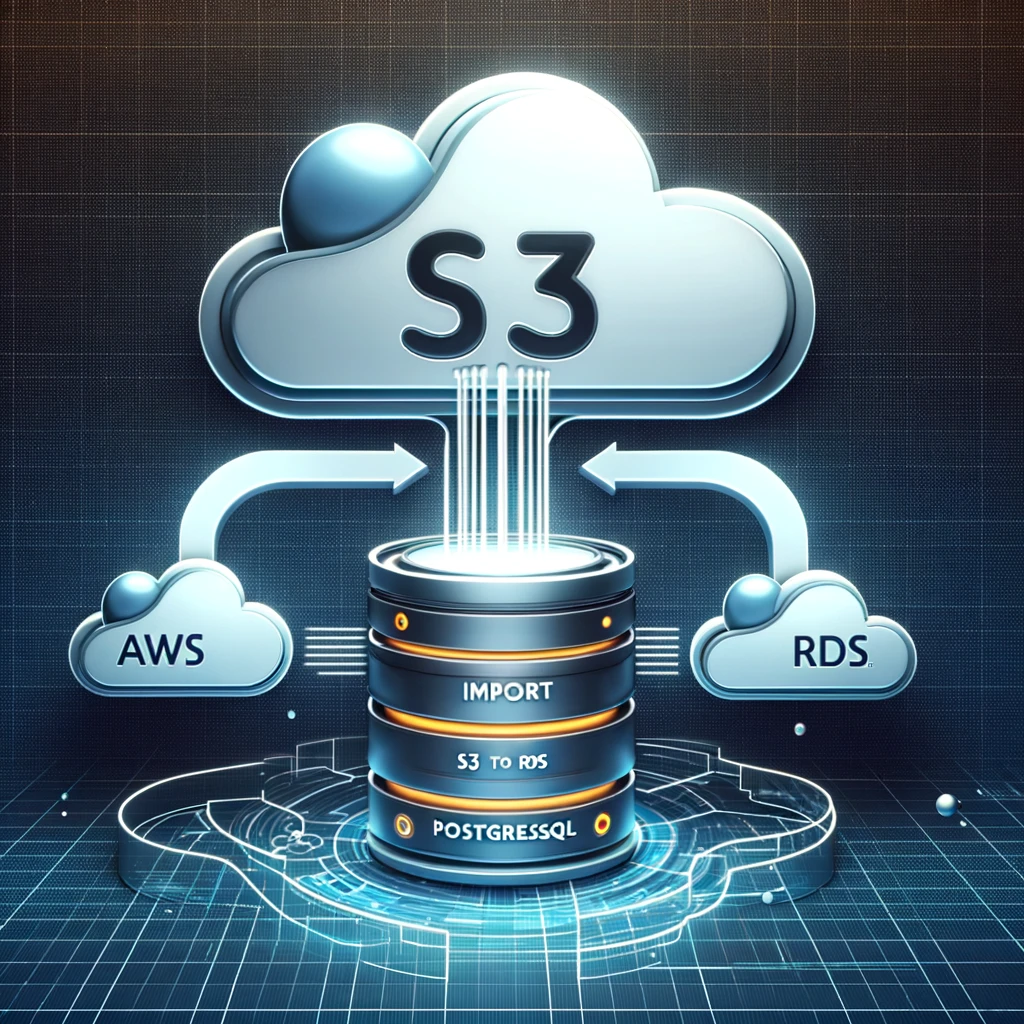Data Import Issues from S3 to RDS PostgreSQL Using AWS CLI
Many businesses rely on AWS for managing databases and storage. One common task is importing data from an S3 bucket into an RDS PostgreSQL instance. While this sounds straightforward, it can sometimes lead to unexpected errors and challenges. This blog post will guide you through the process, using a real-life example to illustrate the solutions to common issues encountered when importing data using the
aws_s3 extension in PostgreSQL.
Scenario
Consider trying to import a CSV file from an S3 bucket into an RDS PostgreSQL database. You might encounter errors related to permissions, file location, or AWS infrastructure configuration. For example, a typical error message might indicate issues generating a pre-signed URL due to permissions or configuration settings.
Solutions to Common Problems
Let’s address each potential issue with a solution:
1. IAM Role and Policy Configuration
The first step is to ensure your RDS instance has the appropriate permissions to access the S3 bucket. This involves creating an IAM role and attaching policies that allow the RDS service to assume this role.
Example: Creating and Attaching an IAM Role
# Create IAM role
aws iam create-role \
--role-name MyRDSS3ImportRole \
--assume-role-policy-document file://trust-policy.json
# Create IAM policy that allows access to the S3 bucket
aws iam create-policy \
--policy-name MyS3AccessPolicy \
--policy-document file://access-policy.json
# Attach the policy to the role
aws iam attach-role-policy \
--policy-arn arn:aws:iam::YOUR_AWS_ACCOUNT_ID:policy/MyS3AccessPolicy \
--role-name MyRDSS3ImportRole
# Attach the role to the RDS instance
aws rds add-role-to-db-instance \
--db-instance-identifier YourRDSInstance \
--feature-name s3Import \
--role-arn arn:aws:iam::YOUR_AWS_ACCOUNT_ID:role/MyRDSS3ImportRole
In this example, trust-policy.json and access-policy.json are JSON files that define the trust and access policies respectively.
2. VPC Endpoint Configuration
If your RDS instance resides within a VPC without internet access, you’ll need a VPC endpoint for S3 to enable private connections to the service.
Example: Creating a VPC Endpoint
# Create a VPC endpoint for S3
aws ec2 create-vpc-endpoint \
--vpc-id vpc-123abc \
--service-name com.amazonaws.us-east-1.s3 \
--route-table-ids rtb-123abc
This setup allows the RDS instance to communicate with S3 without requiring internet access, ensuring your data transfers remain secure and private.
3. Handling Specific File Paths in S3
As of certain versions, RDS PostgreSQL has limitations regarding file paths in S3. It might not properly handle files located in subdirectories within the bucket.
Workaround Solution
- Move your CSV file to the root of the S3 bucket.
- After successful import, adjust your file organization as necessary.
Importing data from S3 to RDS PostgreSQL can be challenging, but understanding how to configure AWS IAM roles, VPC endpoints, and dealing with file path limitations can help you overcome these challenges. By following the steps outlined above, you can ensure a smoother data import process, leveraging AWS services effectively for your database management needs.
Troubleshooting Tips
If you continue to encounter errors, consider the following:
- Double-check all IAM permissions and role attachments.
- Ensure your CSV file is accessible and correctly formatted.
- Review the RDS instance logs for any additional error information not provided in the console output.
By methodically addressing these areas, you can resolve issues related to importing data from S3 to RDS PostgreSQL and enhance your data management capabilities in AWS.
Labels: Import from S3 to RDS


0 Comments:
Post a Comment
Note: only a member of this blog may post a comment.
<< Home